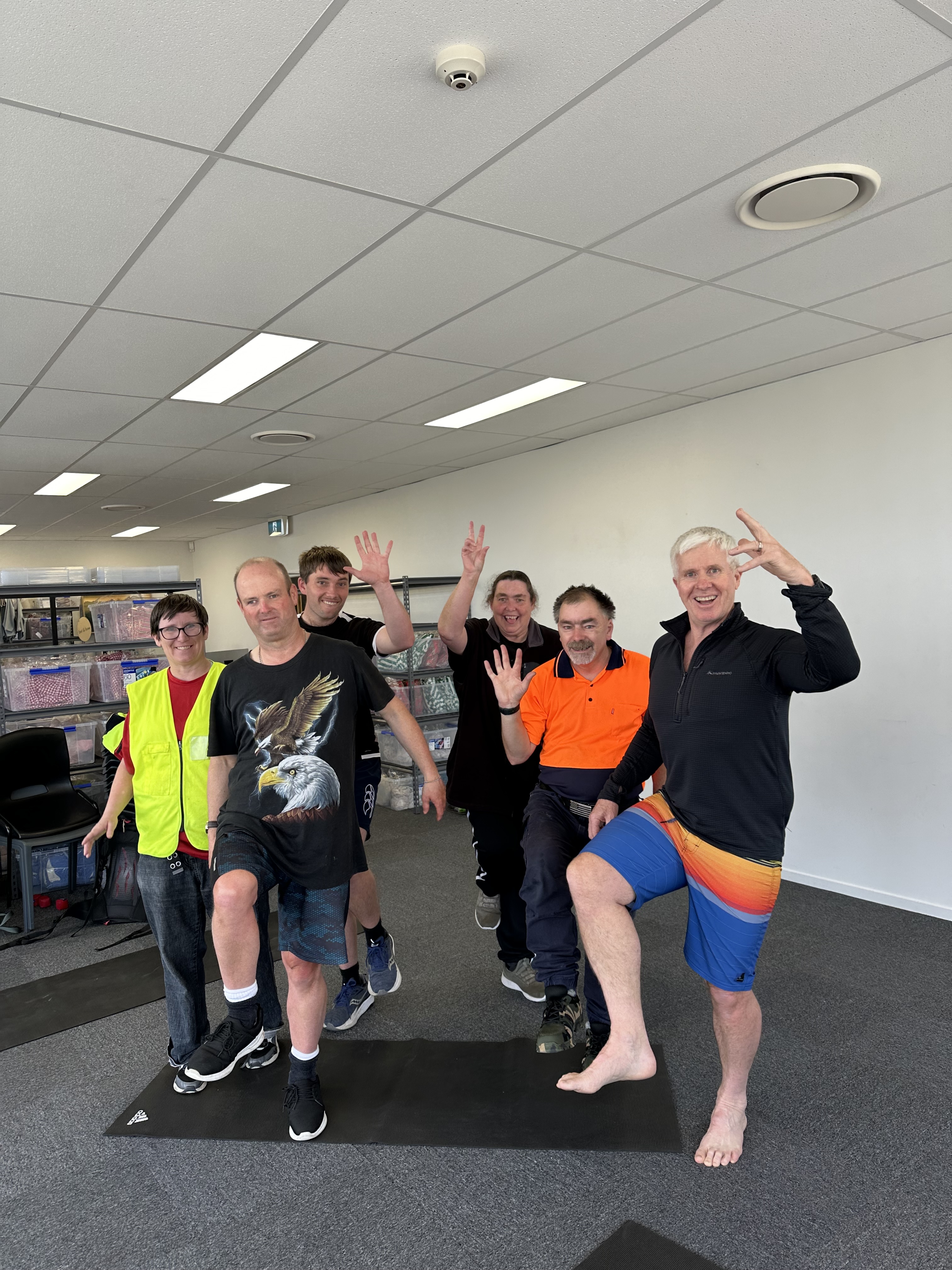Springboard Trust
Using GoodMeasure changed so much for us!


One of the major steps we took was going back four years and interviewing participants who had completed the program at that time. We asked them what they had done, what was useful in our process, and what evidence of outcomes came from that work.
We’ve been committed to evaluation for many years, but our measures were often short-term. While we had anecdotes, we lacked strong, quantitatively-based outcome measures. Using GoodMeasure changed all of that for us.
One of the major steps we took was going back four years and interviewing participants who had completed the program at that time. We asked them what they had done, what was useful in our process, and what evidence of outcomes came from that work.
We’ve been committed to evaluation for many years, but our measures were often short-term. While we had anecdotes, we lacked strong, quantitatively-based outcome measures. Using GoodMeasure changed all of that for us.
What was our aim in completing a GoodMeasure report?
We had great anecdotes on how people felt about the course, and how they confident they were at the end of it but, we didn’t have a strong measurement on the outcomes long-term. Throughout this process we wanted to know how to gain that information and what data to collect to inform us on its longer term impact.
What did we learn from our GoodMeasure report?
The GoodMeasure results reinforced what we had assumed from our anecdotal feedback. Through this process we’ve learned how to collect the data we needed to show the true impact of our work. We now know what we need is strong quantitative-based outcomes measures, to sit alongside other qualitative measures. Together this information provides awell rounded picture of what we doand its impact. We’ve also learned how helpful it is to have a report like this to share with funders and other stakeholders. It promptsquestions on how we get this kind of result, which is great.
How did the report impact our organisation?
Having an external evaluation allowed us to interrogate what things we’re making the biggest difference and why. It also showed us we needed to collect more demographic data on our participants and better measure the programmes impact across key demographics. It created great internal conversations with our staff, board and volunteers. We were able to build this into our culture of improvement and development.
How did we use the GoodMeasure insights to make tangible changes?
One of the major steps that we took through this process was collecting data to show long-term impacts. We interviewed the participants that had done the programme four years ago and asked what they had done, what was useful in our process, and what evidence they had to show the outcomes. Going back four years was very important because the plan these school leaders prepared had a three-year horizon. So, we could ask if their plan focused on the right things and how evidence showed that. And then the integral part for us was asking if they’re using the skills they’ve learned to do the next plan. Since completing our GoodMeasure report, we’ve interviewed past participants three times, and this feeds into the way evolve and improve what we do. We have used it to build our evaluative and reflective culture, looking always for opportunities to improve.
What was our aim in completing a GoodMeasure report?
We had great anecdotes on how people felt about the course, and how they confident they were at the end of it but, we didn’t have a strong measurement on the outcomes long-term. Throughout this process we wanted to know how to gain that information and what data to collect to inform us on its longer term impact.
What did we learn from our GoodMeasure report?
The GoodMeasure results reinforced what we had assumed from our anecdotal feedback. Through this process we’ve learned how to collect the data we needed to show the true impact of our work. We now know what we need is strong quantitative-based outcomes measures, to sit alongside other qualitative measures. Together this information provides awell rounded picture of what we doand its impact. We’ve also learned how helpful it is to have a report like this to share with funders and other stakeholders. It promptsquestions on how we get this kind of result, which is great.
How did the report impact our organisation?
Having an external evaluation allowed us to interrogate what things we’re making the biggest difference and why. It also showed us we needed to collect more demographic data on our participants and better measure the programmes impact across key demographics. It created great internal conversations with our staff, board and volunteers. We were able to build this into our culture of improvement and development.
How did we use the GoodMeasure insights to make tangible changes?
One of the major steps that we took through this process was collecting data to show long-term impacts. We interviewed the participants that had done the programme four years ago and asked what they had done, what was useful in our process, and what evidence they had to show the outcomes. Going back four years was very important because the plan these school leaders prepared had a three-year horizon. So, we could ask if their plan focused on the right things and how evidence showed that. And then the integral part for us was asking if they’re using the skills they’ve learned to do the next plan. Since completing our GoodMeasure report, we’ve interviewed past participants three times, and this feeds into the way evolve and improve what we do. We have used it to build our evaluative and reflective culture, looking always for opportunities to improve.

Pillars Ka Pou Whakahou
GoodMeasure Renewal validated our progress and showed us where to refine and grow. It strengthened our data and direction, helping us to focus on what delivers the greatest impact for whānau.

Te Whakaruruhau, Waikato Women’s Refuge
GoodMeasure validated the depth of our work and showed where we could improve. It’s helped us strengthen our systems and expand our reach to better meet the needs of our whole community

Guardians Of Our Children
GoodMeasure helped us establish systems to effectively track our day-to-day interactions with regular programs.

Kilmarnock Enterprises
The GoodMeasure report has reinforced our view that its a strong programme.
Get in touch
We help impact organisations know, show and grow their social impact. Let’s work together to do good, better!



